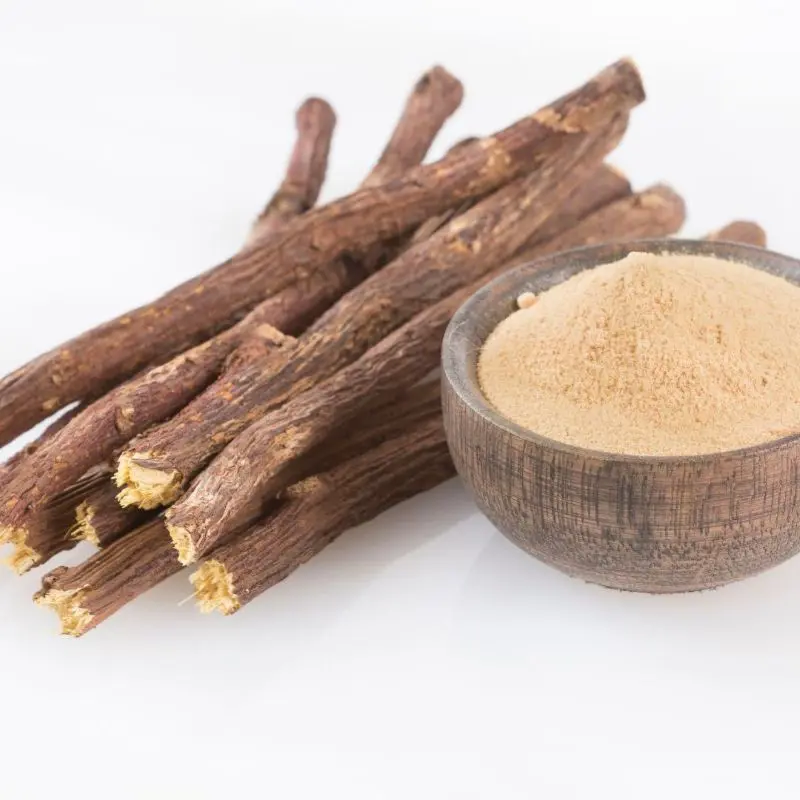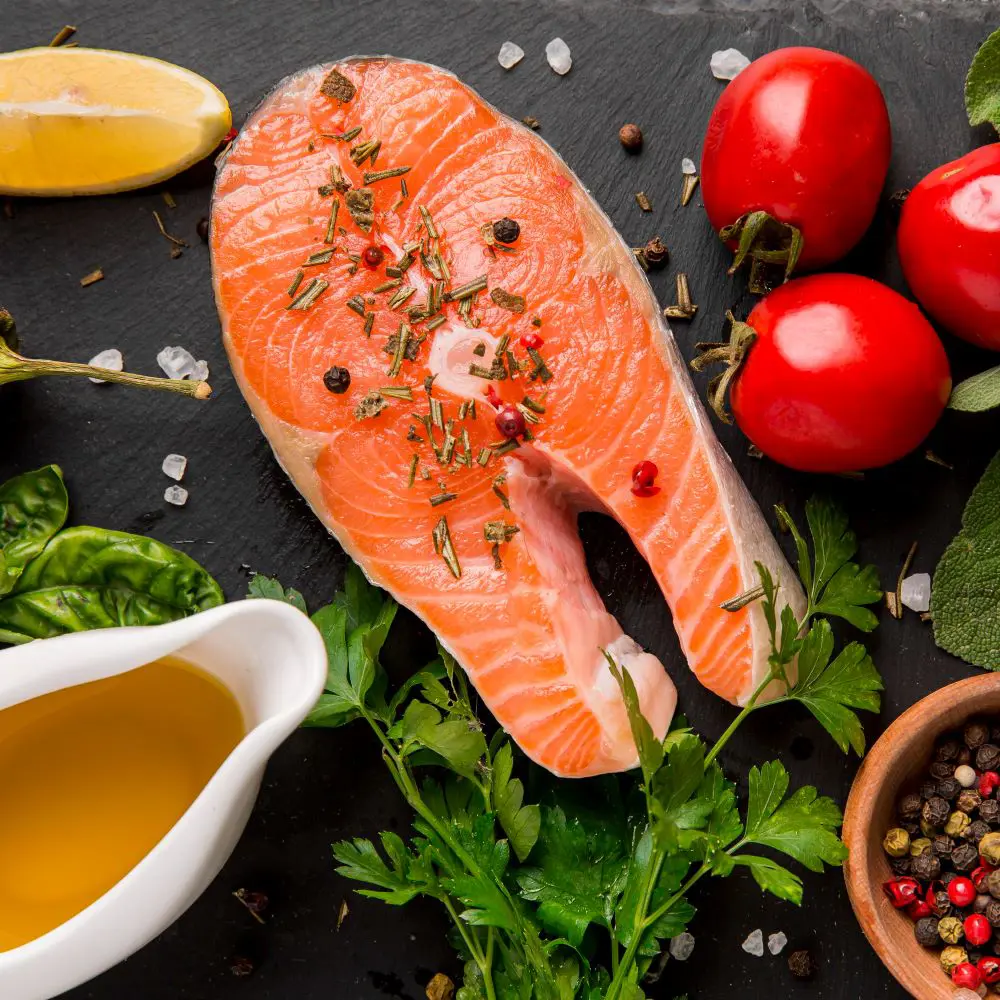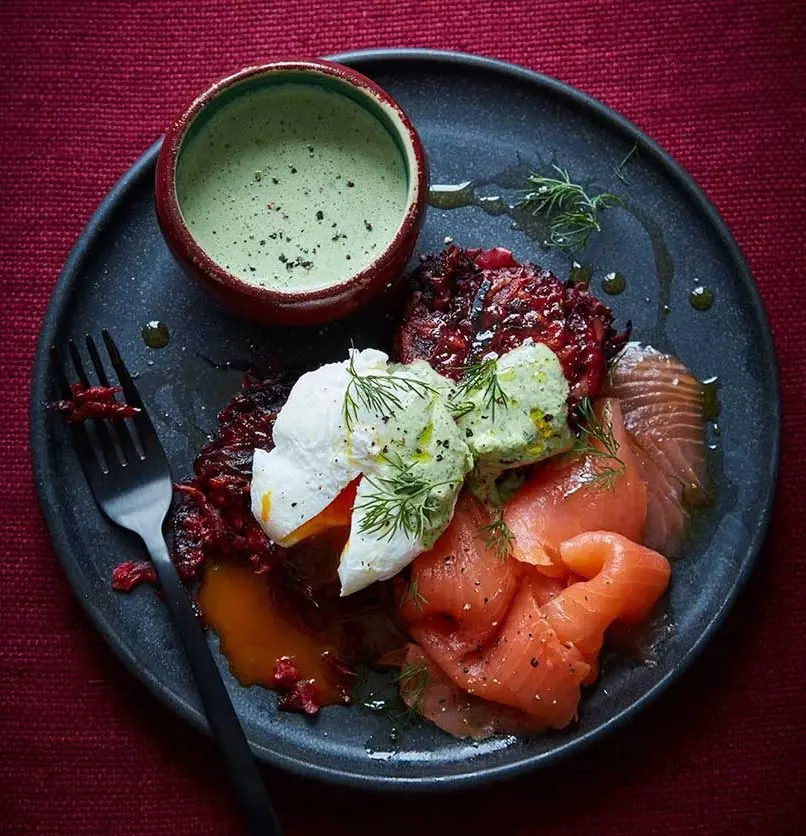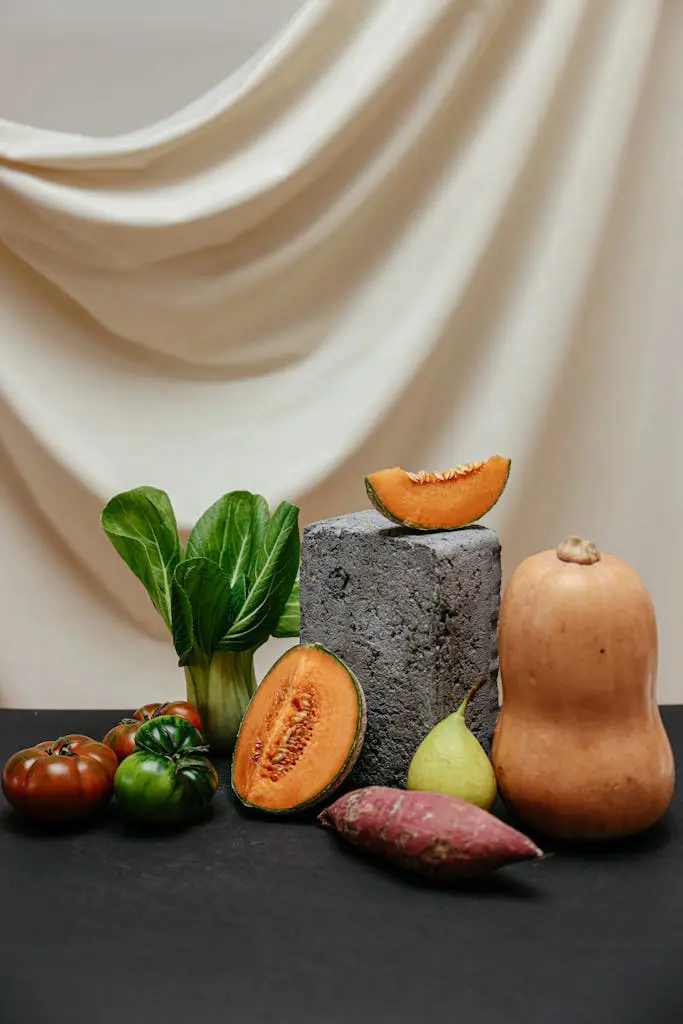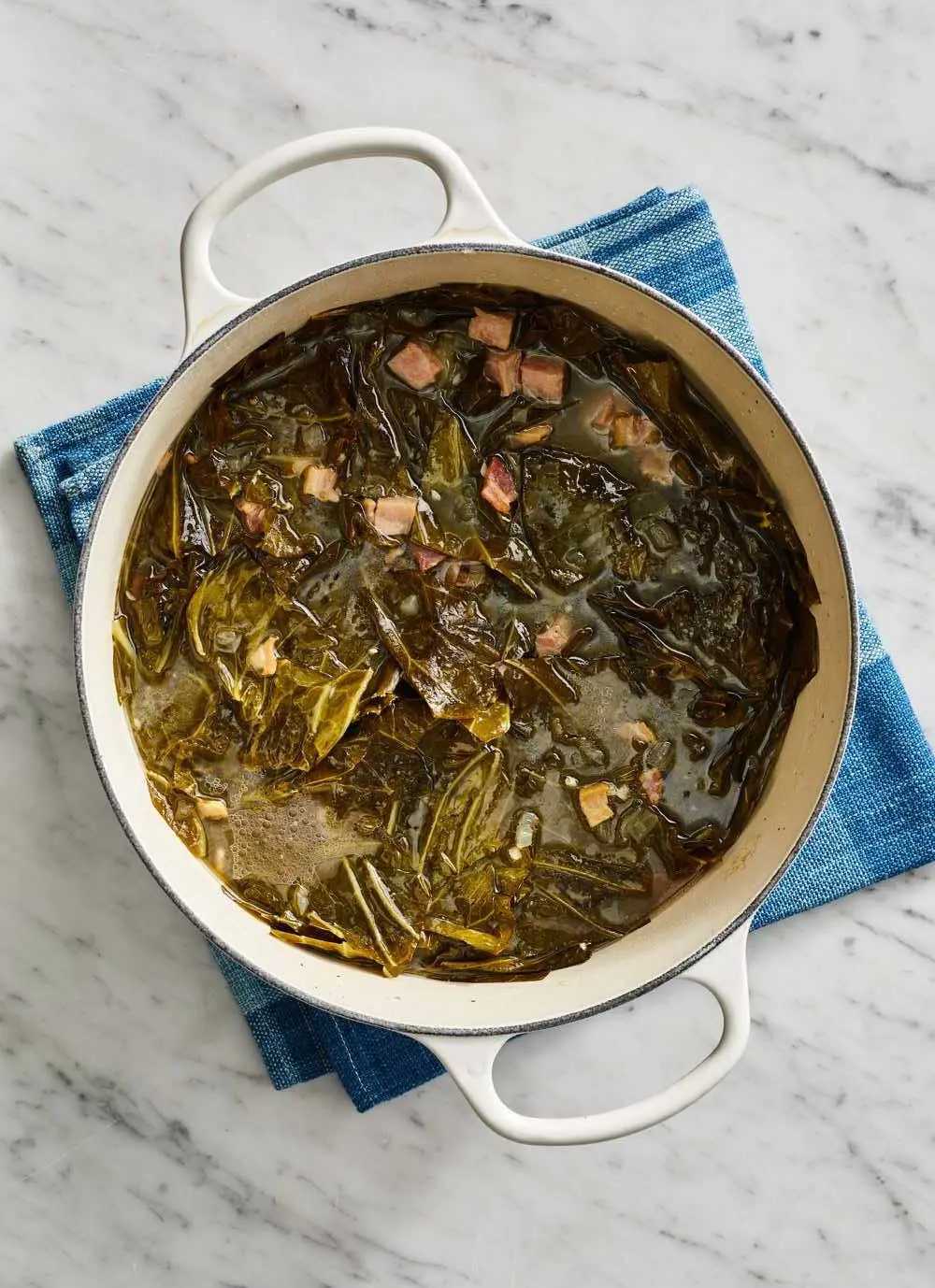17 High Sodium Foods To Avoid
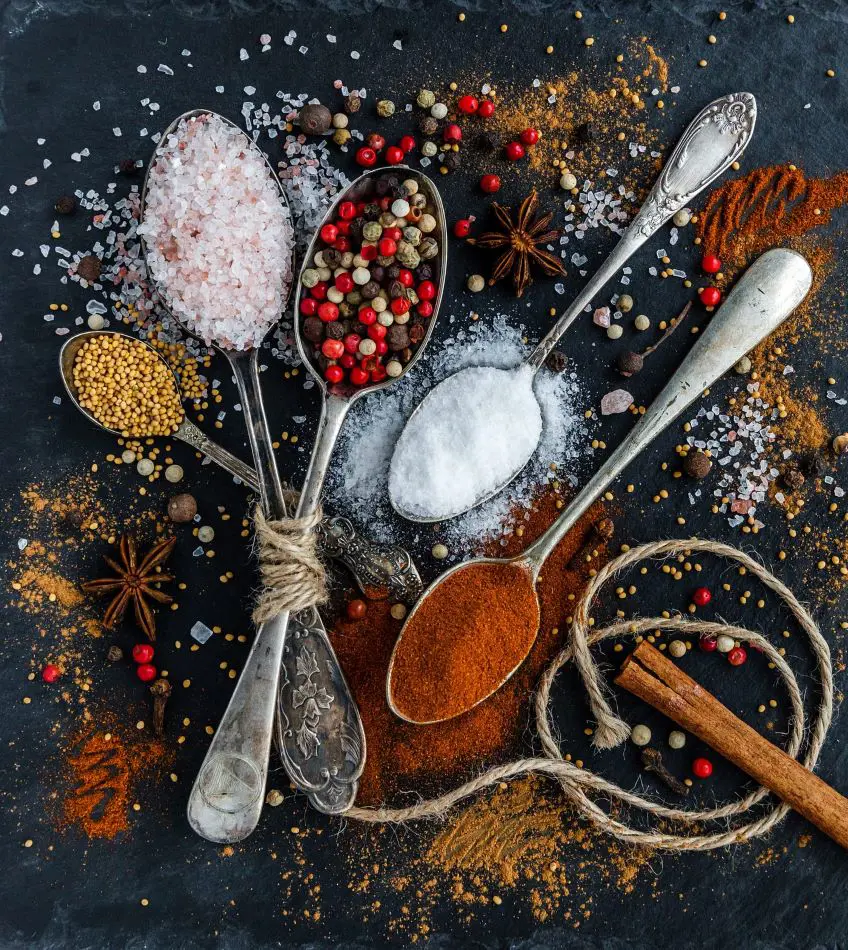
Sodium is an essential mineral that plays a crucial role in maintaining fluid balance and muscle contraction. However, consuming too much sodium can lead to high blood pressure, heart disease, and stroke.
Common foods contain high amounts of sodium, often in the form of added salt or preservatives. In this article, we will explore those food items and provide tips to avoid it.
1. Processed Meats
Processed meats such as bacon, ham, sausages, and deli meats are notorious for their high sodium content. These products often use salt as a preservative and flavor enhancer.
A single serving of processed meat can contain up to 1,100 milligrams of sodium, which is more than half of the recommended daily intake.
Tip: Choose fresh, lean meats and season them with herbs and spices instead of salt. Be mindful of portion sizes to avoid overeating and maintain a balanced diet.
2. Salty Snacks

Potato chips, pretzels, popcorn, and other salty snacks are major contributors to high sodium intake. A single serving of potato chips can contain up to 200 milligrams of sodium, and it's easy to consume multiple servings in one sitting.
Excessive sodium intake can lead to high blood pressure and increase the risk of heart disease. Opting for low-sodium or unsalted versions of these snacks can help reduce your sodium intake and support better heart health.
Tip: Prefer unsalted or lightly salted snacks, or substitute with fresh fruits and vegetables for a healthier option.
3. Bread And Rolls
Bread and rolls may not taste salty, but they often contain significant amounts of sodium. They can be surprisingly high in sodium due to the addition of salt during the baking process.
A single slice of bread can have 100 to 230 milligrams of sodium, and the numbers add up quickly if you eat multiple slices.
Tip: Look for low-sodium or whole-grain bread options, and be mindful of your portions.
4. Instant Noodles
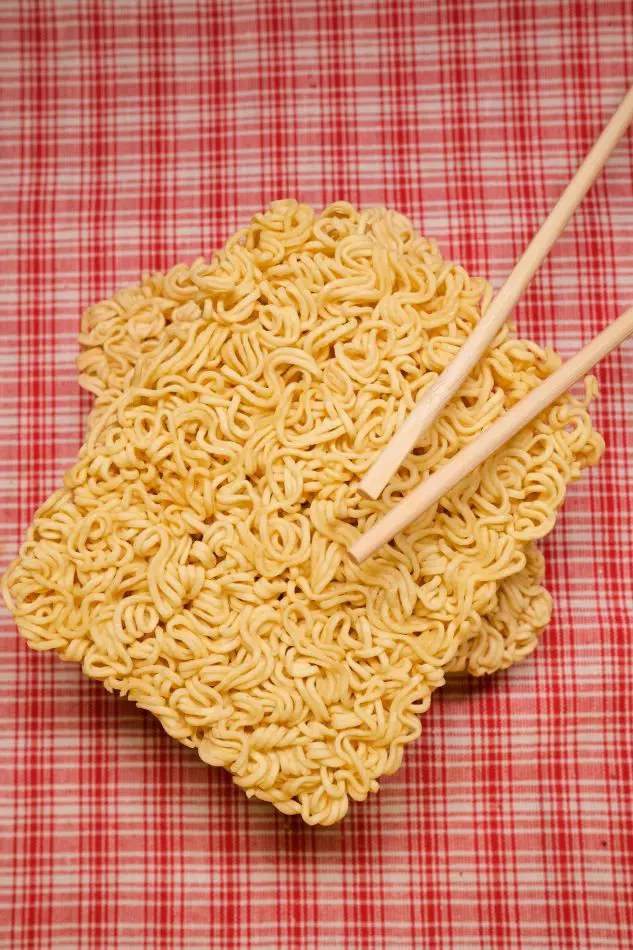
Instant noodles are a convenient and inexpensive meal option, but these foods have high sodium. Noodles like ramen can be high in sodium due to the addition of salt and preservatives.
A single serving of instant noodles can contain over 1,500 milligrams of sodium, which is more than half of the recommended daily limit. To reduce sodium intake, consider opting for low-sodium versions or adding your own fresh ingredients and seasonings.
Tip: Choose low-sodium varieties or opt for whole-grain noodles with less sodium.
5. Processed Cheese Products
Here are other foods with high sodium, processed cheese products, such as cheese spreads and cheese dips, can be high in sodium due to the addition of salt and preservatives.
A single serving of processed cheese can contain up to 400 mg of sodium or more.
Tip: Prefer natural cheese or make your own homemade cheese dips with fresh ingredients.
6. Canned Tomato Products
Canned tomato products, such as tomato sauce and tomato paste, are those foods that is high in sodium due to the addition of salt for flavor and preservation.
A single serving of canned tomato sauce can contain up to 600 mg of sodium. To cut down on sodium, make your own tomato sauce using fresh tomatoes with aromatic herbs.
Tip: Look for low-sodium or no-salt-added varieties or choose fresh tomatoes whenever possible.
7. Pizza
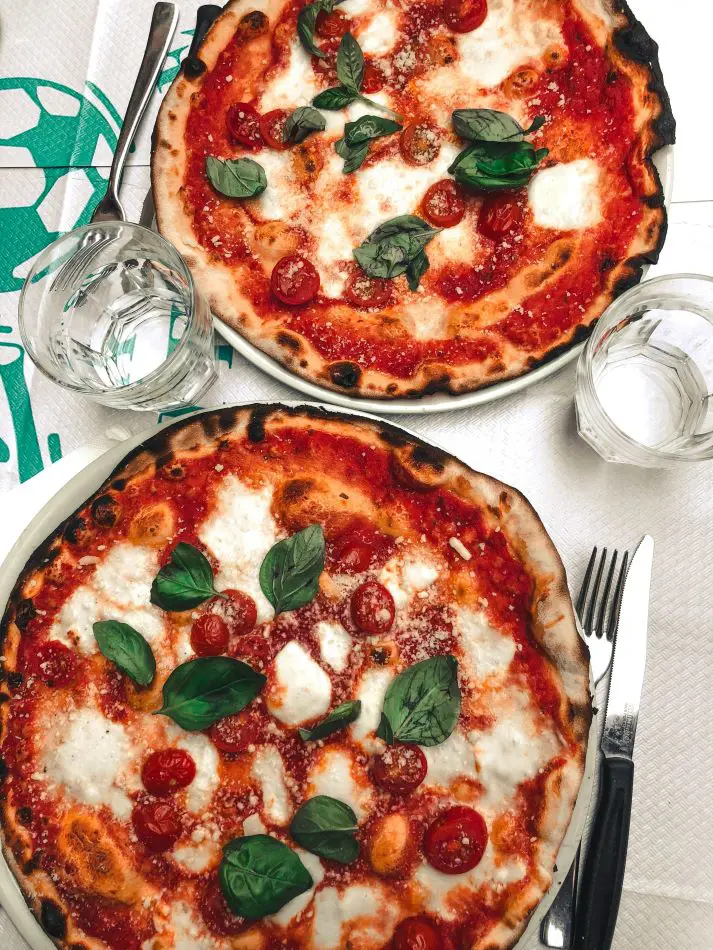
Pizza, especially from fast-food chains, is one of the foods that high in sodium due to its processed cheese, curated meats, and salty crust. A single slice of pepperoni pizza can contain over 700 milligrams of sodium.
Tip: Make homemade pizza with low-sodium ingredients, such as fresh vegetables and homemade dough.
8. Salted Nuts And Seeds
The salt added to many nuts and seeds for flavor is the primary reason they are considered high-sodium foods that should be limited, especially for those trying to reduce their sodium intake.
Oil-roasted and dry-roasted salted nuts contained 291mg and 343mg of sodium per 100g, or approximately 87mg (oil-roasted) and 103mg (dry-roasted) per 30g serving.
Tip: Choose unsalted varieties or opt for fresh, raw nuts and seeds.
9. Cold Cuts And Salami
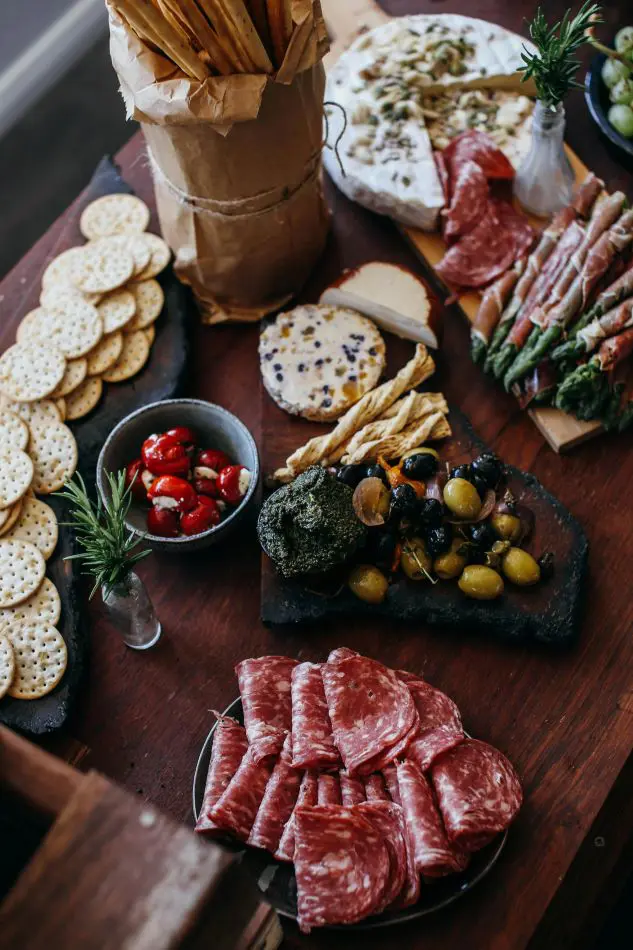
Cold cuts, also known as luncheon meats, and salami have a lot of salt. They also contain preservatives and other additives that have sodium.
A 55-gram (2-ounce) serving of cold cuts has about 497 mg of sodium, which is 21% of the recommended daily intake (RDI). The same amount of salami has even more sodium, with 1,016 mg, or 44% of the RDI.
Tip: Freshly sliced meats, like roast beef or turkey, are healthier choices.
10. Tortillas
Tortillas have a lot of sodium, mostly from salt and ingredients like baking soda or baking powder.
One 8-inch flour tortilla (55 grams) typically has 391 mg of sodium, which is 17% of the recommended daily intake (RDI). So, if you eat two soft-shell tacos, you'll get about one-third of your daily sodium from the tortillas alone.
Tip: If you enjoy tortillas, choose whole-grain ones and pay attention to how much sodium you're consuming throughout the day.
11. Canned Soups
Canned soups can be a convenient option, but they often contain high sodium levels in food. A single serving of canned soup can contain up to 1,000 mg of sodium or more.
Tip: Look for low-sodium or reduced-sodium varieties, or make your homemade soup with fresh ingredients.
12. Canned Vegetables
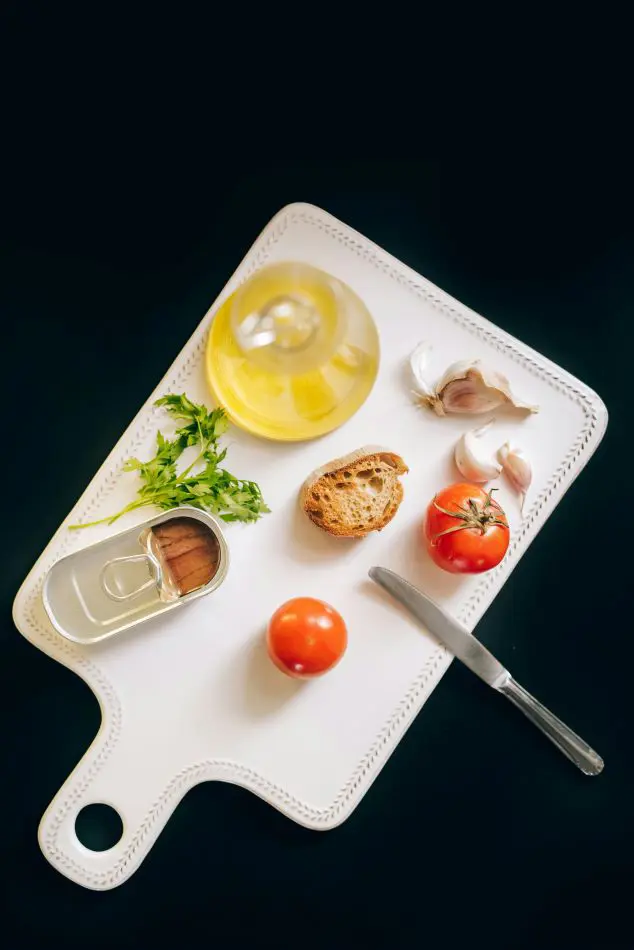
While canned vegetables can be quick and easy, they often contain added salt for flavor and preservation.
For example, a 1/2 cup (124-gram) serving of canned peas contains 310 mg of sodium, which is 13% of the recommended daily intake (RDI). Similarly, a 1/2 cup (122-gram) serving of canned asparagus contains 346 mg of sodium, which is 15% of the RDI.
Tip: Rinsing canned vegetables before cooking can help reduce the sodium content, or choose low-sodium or no-salt-added varieties.
13. Frozen Dinners
Frozen dinners, especially those labeled as "ready-to-eat " or "microwave", often contain high levels of sodium to enhance flavor and preserve shelf life.
Some frozen meals can have over 1,000 milligrams of sodium per serving.
Tip: Check the labels for low-sodium options, or prepare and freeze your meals using fresh ingredients.
14. Pickled Foods
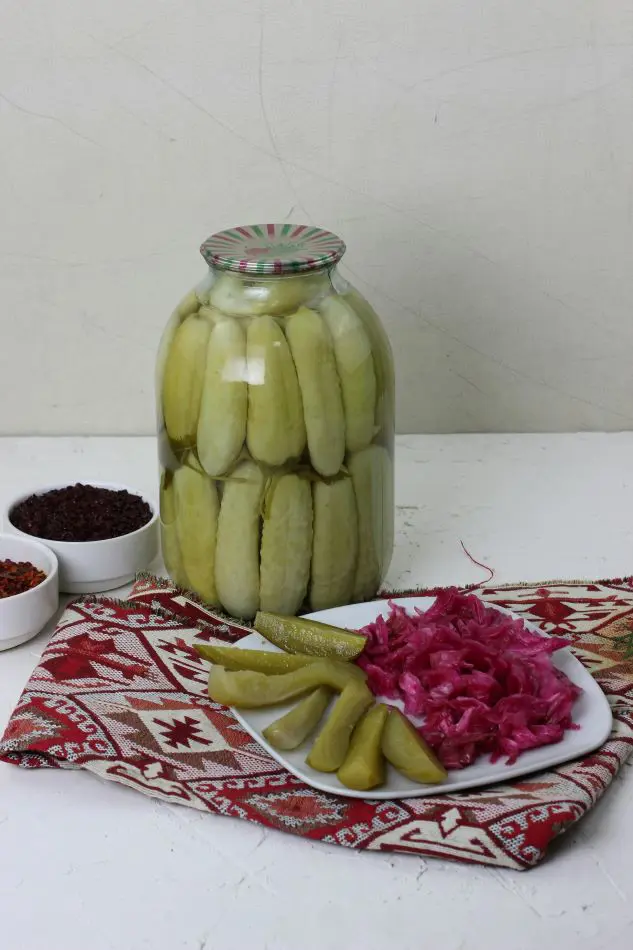
Here you can see another answer to the topic of what foods are highest in sodium. Pickles and other pickled foods are packed with sodium because of the brine used in the pickling process.
One medium-sized pickle can contain more than 500 milligrams of sodium.
Tip: Limit your intake of pickled foods or look for low-sodium versions.
15. Biscuits
Biscuits can have a lot of sodium, even without gravy. Those made from frozen or refrigerated dough are often higher in sodium, so it's best to eat them only once in a while.
In a survey across the U.S., a single biscuit from packaged dough had an average of 528 mg of sodium, which is 23% of the RDI. Some biscuits had as much as 840 mg of sodium per serving, which is 36% of the RDI.
Tip: Limit your intake or try making homemade biscuits.
16. Sauces And Gravies
Commercially prepared sauces and gravies, such as pasta source and gravy mixes, often contain high levels of sodium. A half-cup serving pasta sauce can have up to 600 milligrams of sodium.
Tip: Make your sauces and gravies from scratch using fresh ingredients and herbs.
17. Breakfast Cereals
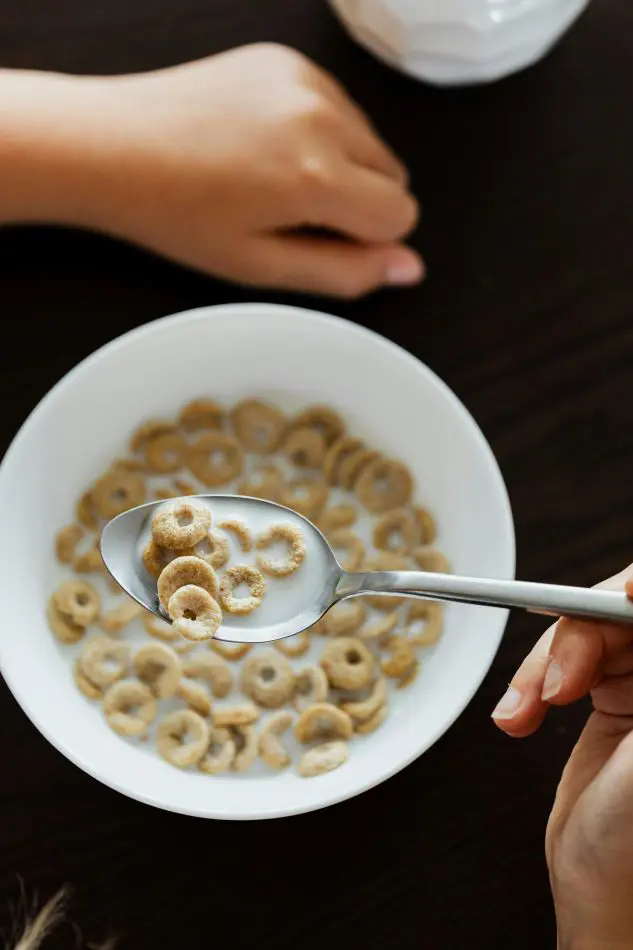
Some breakfast cereals, especially those marketed as "healthy" or "whole grain," can have surprising amounts of sodium. A single serving can contain up to 300 milligrams of sodium.
Tip: Read the nutrition labels and choose cereals with less than 140 milligrams of sodium per serving.
Some other foods are:
- Baked beans
One cup of Plain or Vegetarian Baked Beans (Canned) contains approximately 900 mg of sodium.
- Seafood
It contains 100 to 500 milligrams per 3-ounce cooked serving.
- Pork rinds
One serving of pork rinds contains 270 milligrams of sodium (11% of daily value).
- Boxed potato casseroles
A 1/2-cup serving of dry scalloped potato mix (27 grams), which cooks into a 2/3-cup serving, contains 450 mg of sodium. This amount is 19% of the recommended daily intake (RDI) for sodium.
- Broths and stocks
An 8-ounce (240-ml) serving of beef broth contains an average of 782 mg of sodium, which is 34% of the recommended daily intake (RDI). Chicken and vegetable broths also have similarly high sodium content.
- Sandwiches
For example, a 6-inch submarine sandwich made with cold cuts contains an average of 1,127 mg of sodium, which is 49% of the recommended daily intake (RDI).
- Vegetable juice
An 8-ounce (240-ml) serving of vegetable juice may contain 405 mg of sodium, which is 17% of the recommended daily intake (RDI).
Conclusion
To reduce your sodium intake, it's important to read food labels carefully and choose low-sodium or reduced-sodium varieties whenever possible. Limit your intake of processed and canned foods, and opt for fresh, whole foods whenever possible.
Additionally, be mindful of your use of salt when cooking and seasoning your meals, and experiment with herbs, spices, and other flavorful ingredients to add flavor without adding extra sodium.
By being aware of these high-sodium foods and making conscious choices to reduce your sodium intake, you can improve your overall health and reduce your risk of developing chronic health conditions related to excessive sodium consumption.
Recent posts
Nutrition
Nutrition
Licorice Root: Benefits And Uses
You can spell it liquorice or licorice; this herb or root has been in use for centuries in most medicinal applications, as a natural sweetener and to enhance flavors. Regarding its origins, it comes from the root of the "Glycyrrhiza galbre" plant and...
Nutrition
Is Salmon Good For You? Nutritional Facts and Benefits
Salmon fish is a staple diet throughout the world, popular as a super food for its nutrients. Whether savored in sushi, poached, grilled, roasted, or pan-fried, salmon offers minerals and vitamins that contribute to healthy bodily functions. In addit...
Nutrition
25 Smoked Salmon Recipes That You Will Enjoy
Salmon is a silver-colored fish that is loaded with many nutrients, vitamins, and omega-3 fatty acids. Smoked Salmon is better for improving your health and reducing the risk of cancer, heart-related diseases, fights inflammation, reduces anxiety and...
Nutrition
Are Sausages Healthy? Nutrition And Health Benefits
Sausages are tasty in an addictive way, making them one of the most popular foods worldwide. You may have enjoyed this convenient food often, whether on a bun with mustard or grilled on a barbecue, the simple preparation methods are what makes its co...
Nutrition
20 Vegetables That Are Rich In Iron
Iron is essential for our bodies to function well. When we don't get enough iron, we often feel weak and tired. It's important to address iron deficiency early by eating the right foods. Fortunately, many vegetables are rich in iron and can help prev...
Nutrition
15 Cauliflower Nutrition Facts And Health Benefits
Cauliflower, a cruciferous vegetable, resembles a white variation of its relative, broccoli. Like broccoli, it has closely bunched florets attached to a thick core, often surrounded by a few leaves. While white is the most common color, cauliflower i...
